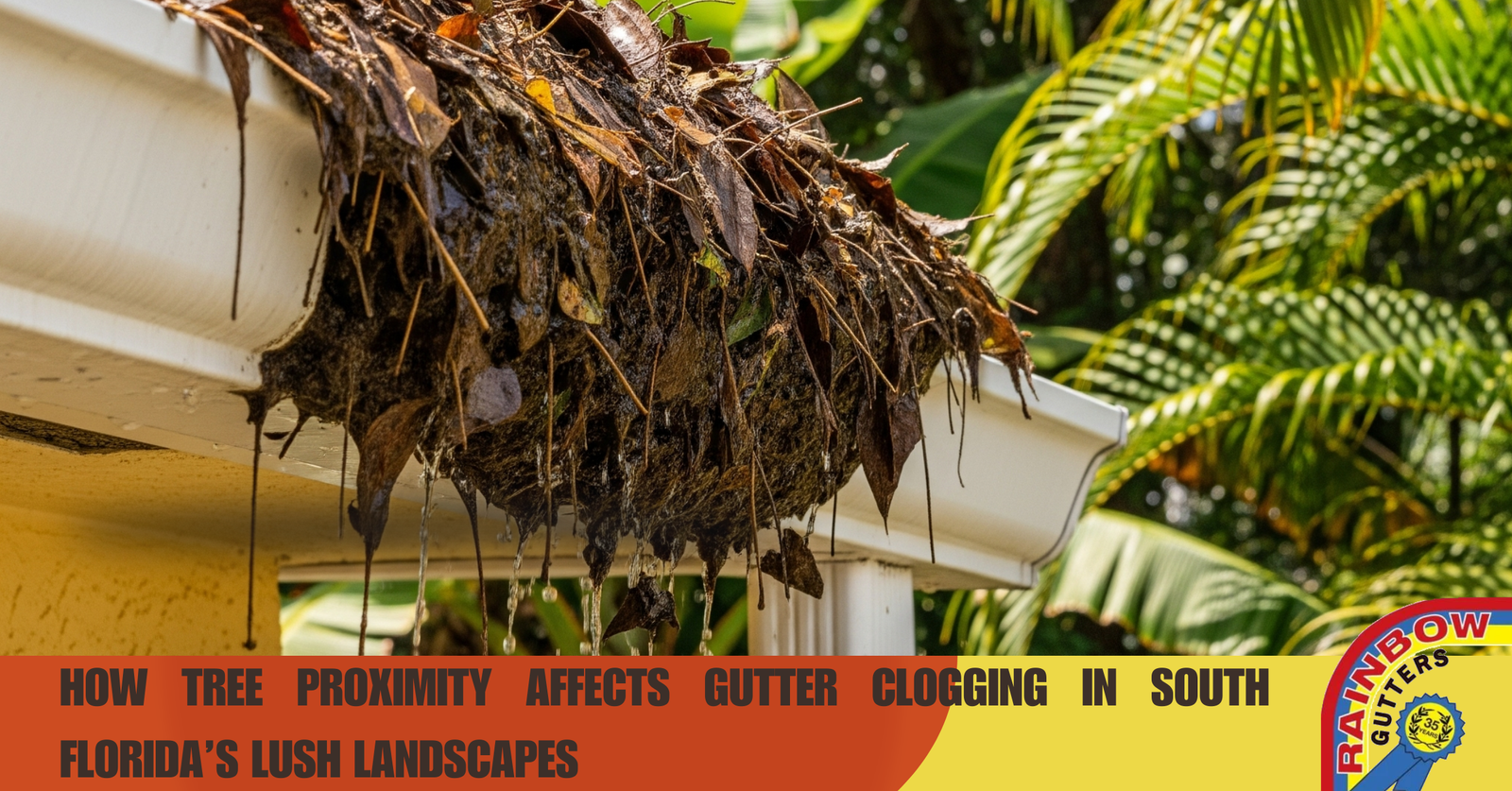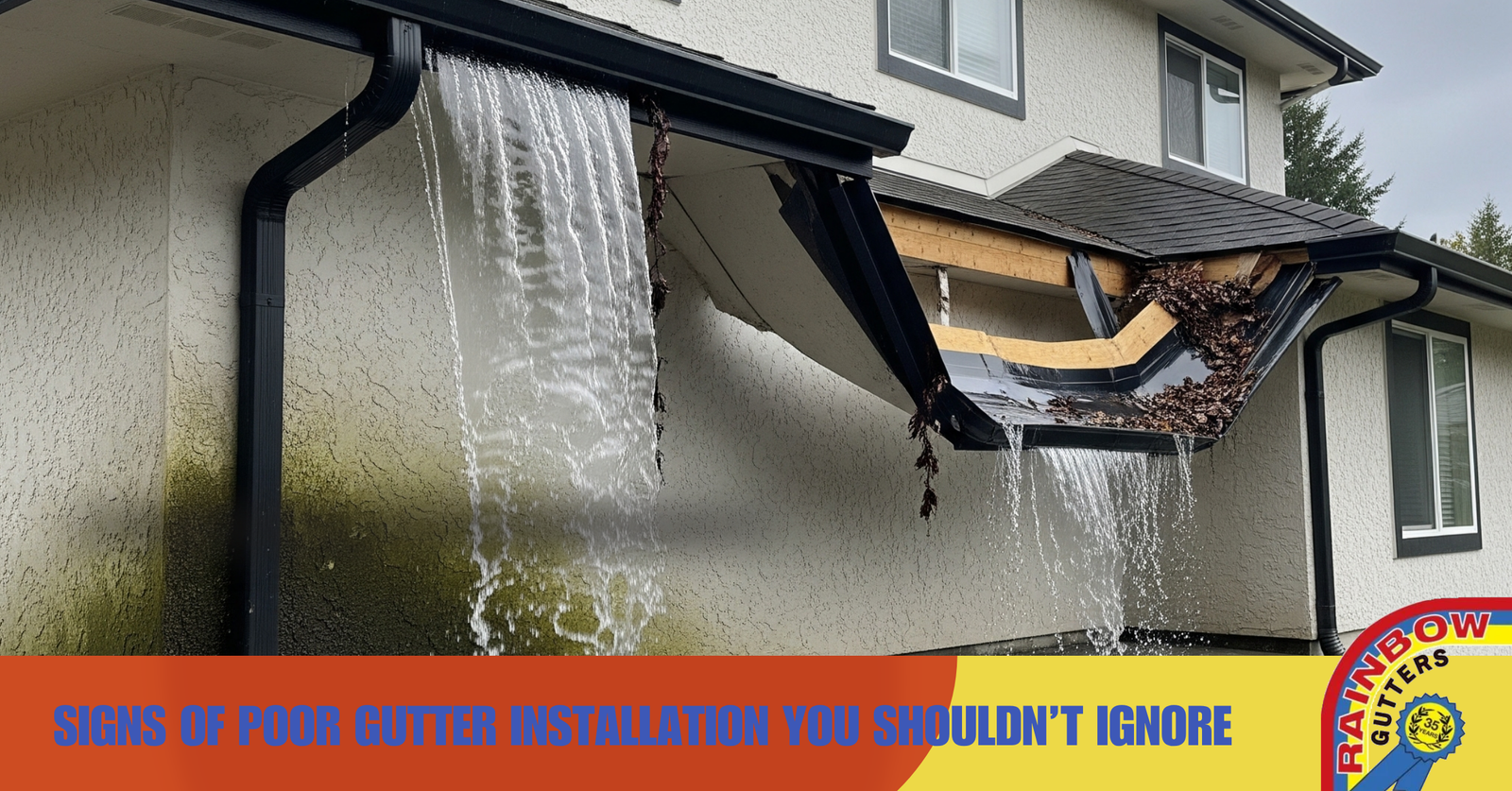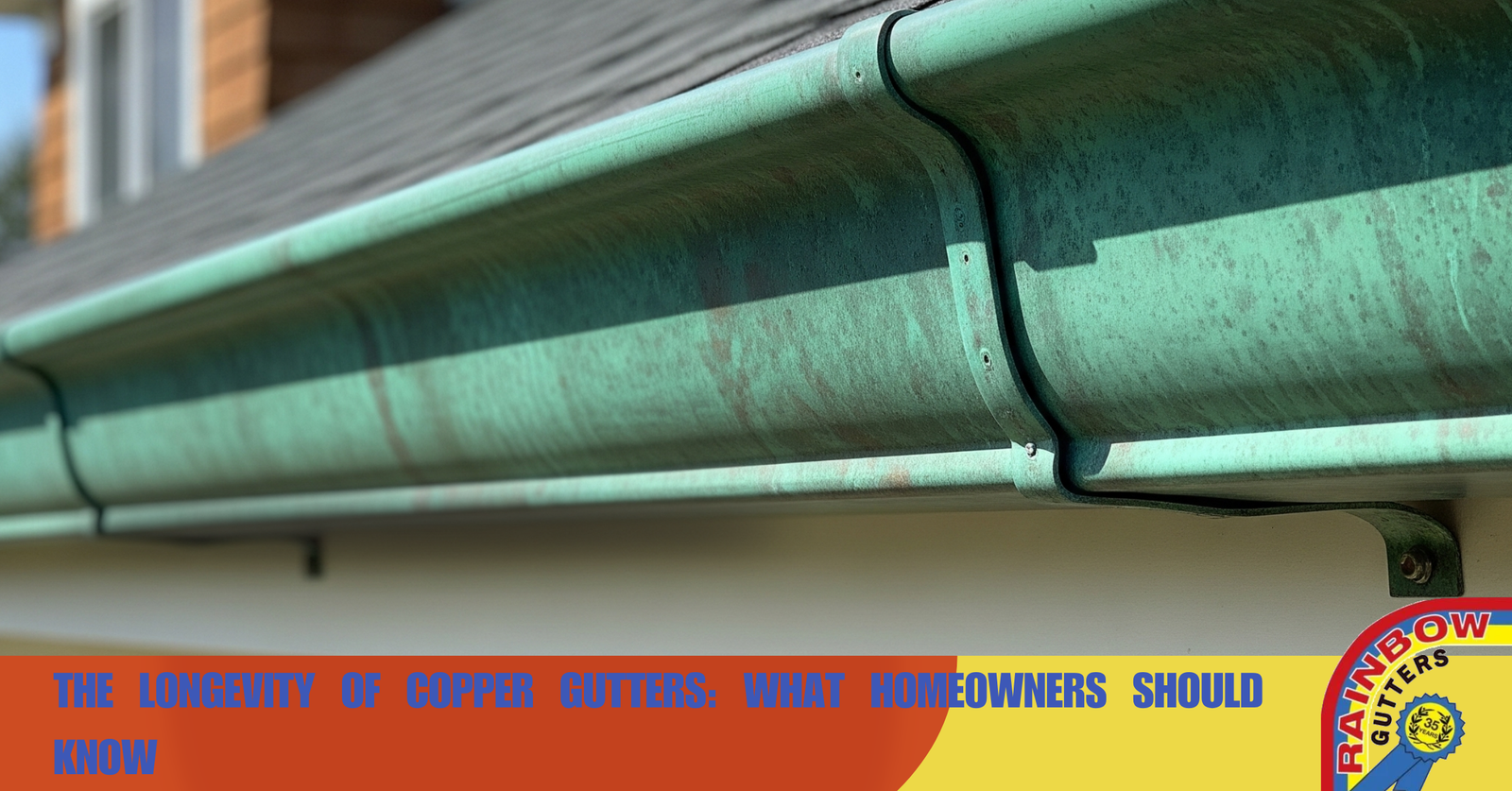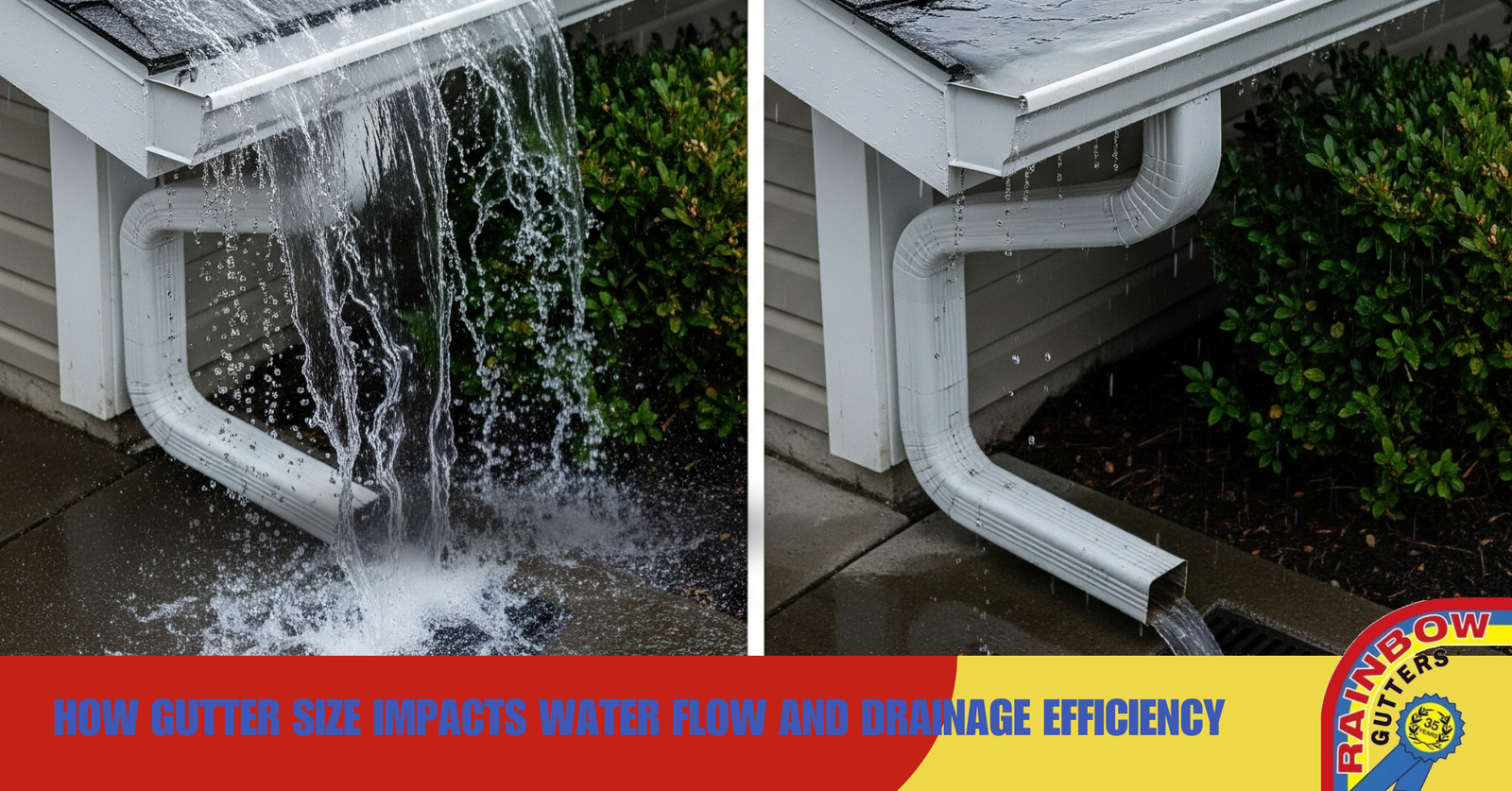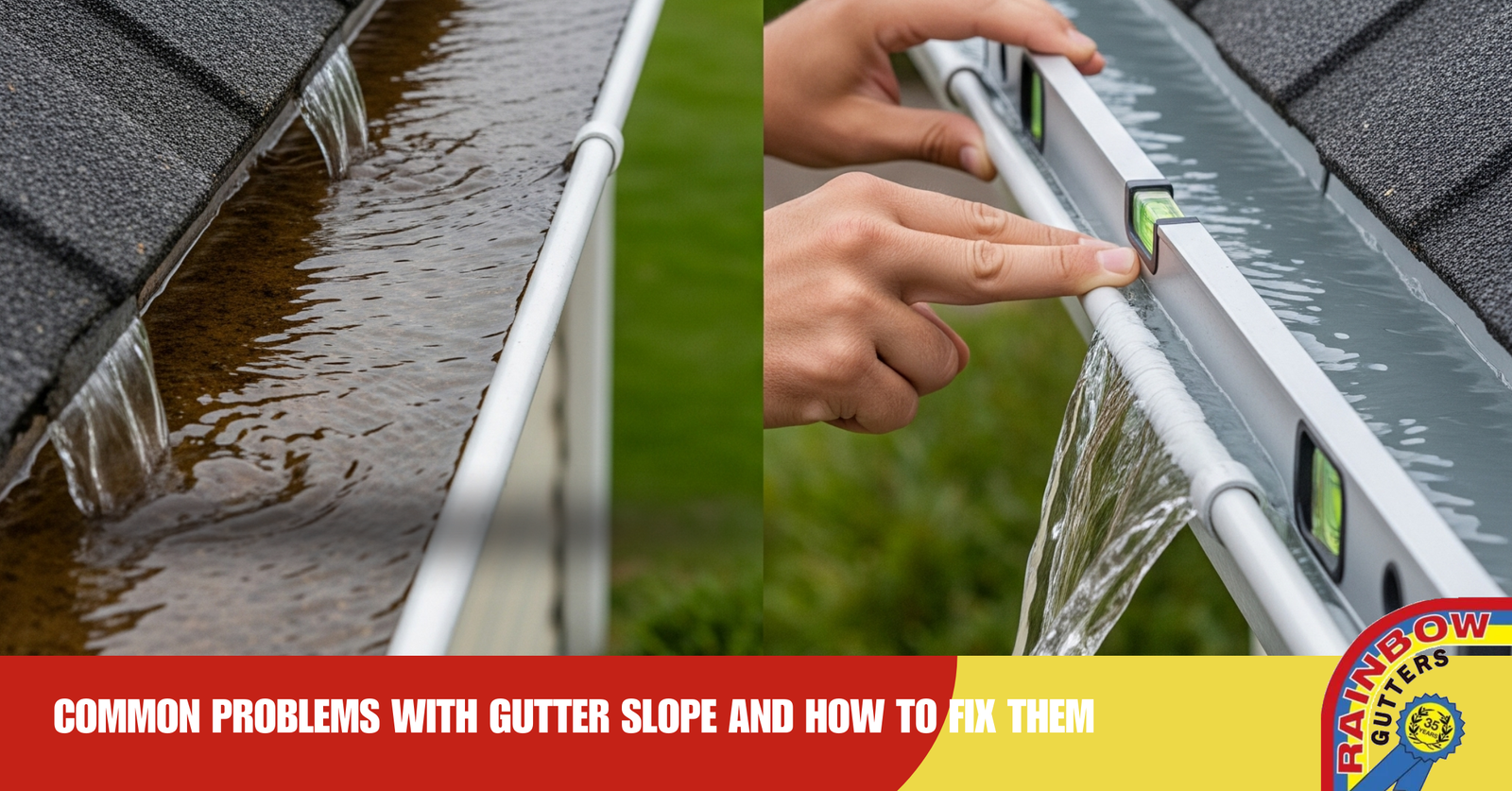Introduction
Gutters play a crucial role in protecting your home from water damage by directing rainwater away from the foundation, siding, and roof. However, if gutters are poorly installed, they can do more harm than good. Faulty gutter systems can lead to leaks, overflow, and structural issues, all of which can be expensive to repair. Knowing the signs of poor gutter installation helps homeowners address problems early and avoid long-term damage.
1. Frequent Water Overflow During Rain
One of the clearest signs of poor gutter installation is water overflowing during rainstorms. This typically means your gutters are either improperly pitched, undersized, or blocked due to debris buildup.
- Why It Matters: Overflowing water can damage your home’s siding, basement, and landscaping.
- Quick Tip: Ensure your gutters have the correct slope and are large enough to handle heavy rainfall.
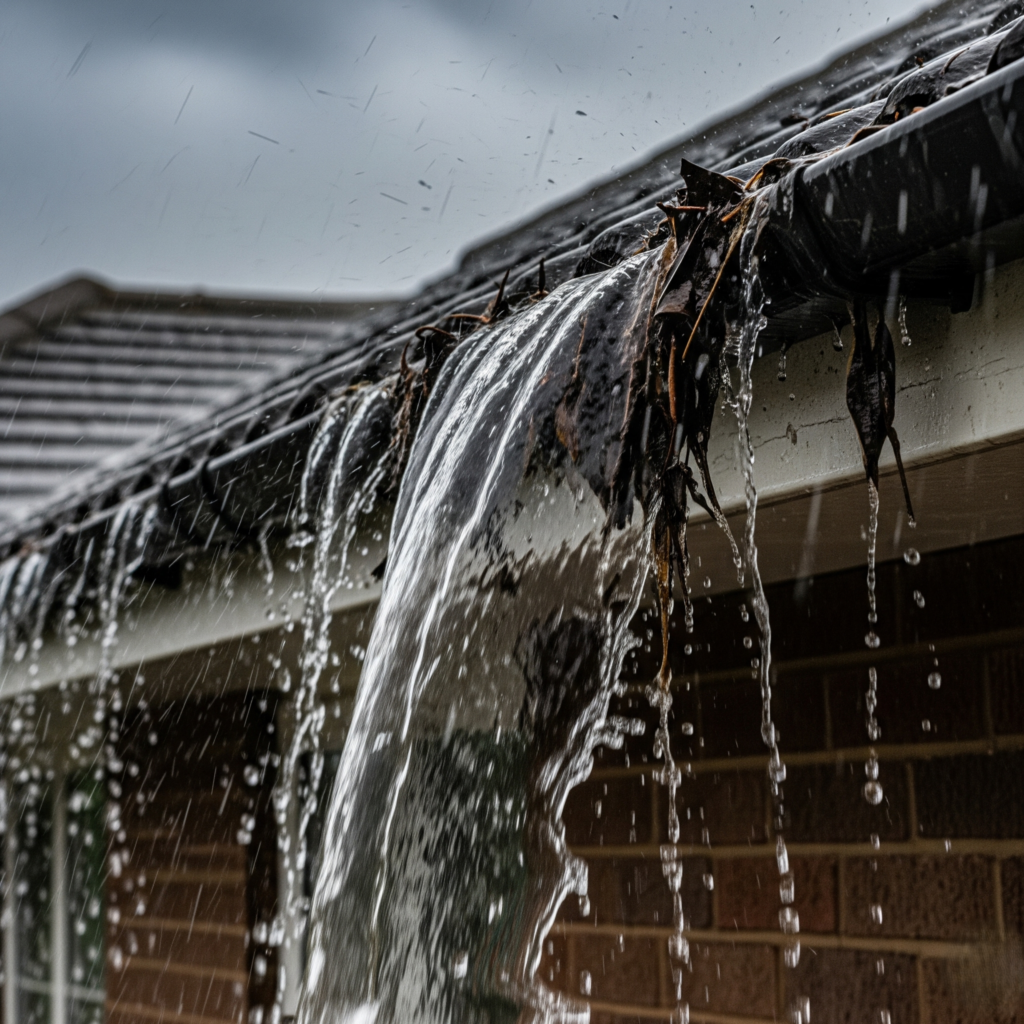
2. Sagging or Pulling Away from the Roofline
If your gutters are sagging or pulling away from your home, it’s often a sign that they weren’t secured properly during installation. Over time, loose gutters can collapse entirely, leading to more costly repairs.
- Why It Matters: Misaligned gutters can’t properly direct water, leaving your home vulnerable to water pooling around the foundation.
- Quick Tip: Install strong hangers spaced correctly to provide maximum support.
3. Standing Water in the Gutters
Your gutters should be free of standing water after rain. If water remains in the trough, it indicates an improper slope or blockage. This standing water can become a breeding ground for mosquitoes and lead to rust or corrosion.
- Why It Matters: Standing water adds unnecessary weight, which can cause the gutters to loosen over time.
- Quick Tip: The slope should be about a quarter-inch for every 10 feet of gutter.
4. Water Stains on Exterior Walls or Fascia Boards
Dark streaks or stains on your siding and fascia boards often signal that your gutters are leaking or overflowing. This is commonly caused by misaligned sections, poor sealing, or damaged joints.
- Why It Matters: Over time, water stains can lead to wood rot, mold growth, and peeling paint.
- Quick Tip: Inspect seams and corners regularly to ensure they are watertight.
5. Erosion Around the Foundation
Improperly installed gutters can cause rainwater to pour directly onto the ground near your home’s foundation. This can wash away soil, damage landscaping, and even crack your foundation over time.
- Why It Matters: Foundation repairs are one of the costliest home maintenance expenses.
- Quick Tip: Make sure downspouts are directing water at least 5-10 feet away from your home.
6. Rust, Corrosion, or Peeling Paint on Gutters
If your gutters are showing early signs of rust or peeling paint, it could mean they are not draining water properly. Standing moisture accelerates wear and reduces the lifespan of your gutter system.
- Why It Matters: Rust weakens gutter material, making leaks more likely.
- Quick Tip: Opt for rust-resistant materials like aluminum or vinyl.
7. Gaps Between Gutter Sections
Improper joining or sealing during installation can leave small gaps between sections, which will widen over time. This allows water to leak through rather than flow toward the downspouts.
- Why It Matters: Leaks can damage walls and create ice dams in colder climates.
- Quick Tip: Professional installation ensures seamless or well-sealed gutter joints.
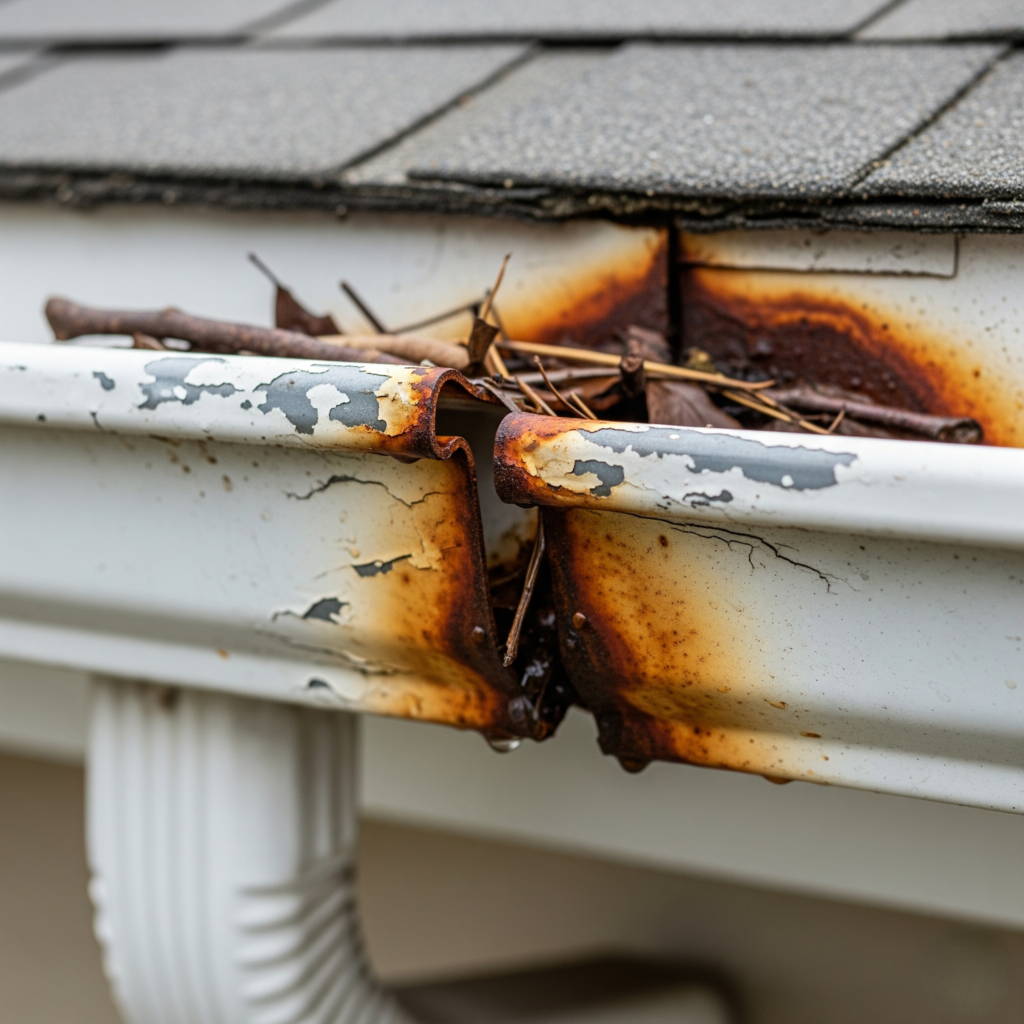
8. Mold or Mildew Growth on Exterior Walls
Excess water running down your siding due to faulty gutters can lead to mold and mildew growth. Not only is this unsightly, but it can also affect your home’s air quality.
- Why It Matters: Mold remediation can be expensive and hazardous to health.
- Quick Tip: Keep your gutters clean and ensure water is directed away from walls.
How to Prevent Poor Gutter Installation Problems
The best way to avoid these issues is by hiring an experienced, reputable gutter installation professional. Ensure they:
- Use high-quality materials
- Install gutters with the correct slope
- Secure gutters with proper spacing of hangers
- Test the system for leaks before completion
Conclusion
Your gutters are your home’s first line of defense against water damage. Recognizing the signs of poor gutter installation early can save you from expensive repairs and protect your home for years to come. Regular inspections, prompt repairs, and professional installation are key to keeping your gutter system functioning properly.


